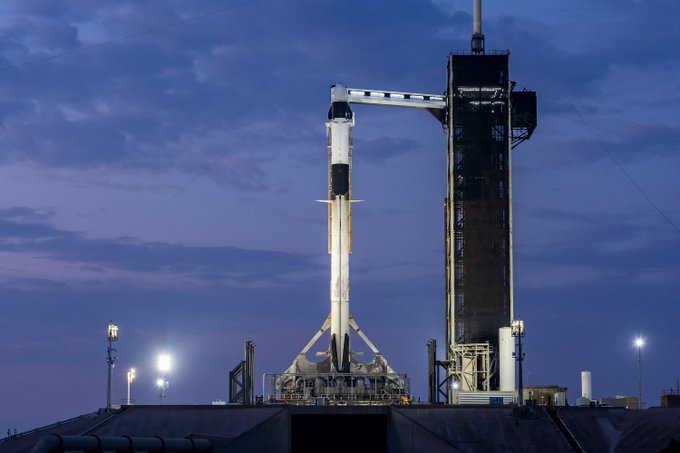The Green Bank Telescope in West Virginia has developed a new radar system, called the Next Generation Radar (ngRADAR), which provides more detailed astronomical radar capabilities than ever before. This brand of science has been used to probe the planets and asteroids around us, measuring their speed as they whiz around the sun and imaging the details of their surface. The Green Bank Telescope has a 100-meter-diameter dish and is the largest steerable antenna on Earth, which makes it uniquely suited for detecting near-Earth asteroids (NEAs) and observing the moon. The ngRADAR system uses the Green Bank Telescope as a huge transmitting antenna, and it uses the Very Long Baseline Array of radio telescopes spread across the U.S., Hawaii, and the Virgin Islands as a miles-wide receiver.
The technological innovation arrived shortly before a two-foot wide, nearly 1,000-pound meteor crashed in South Texas in February 2023. The rock is believed to have broken into several pieces as it entered our atmosphere and hit the ground, causing windows to rattle and creating an earthquake-like shake as it hit the ground.
The ngRADAR team turned toward the moon to test the new system, imaging an Apollo landing site and the prominent Tycho Crater, revealing meter-sized features and providing the highest-resolution images ever taken of the moon from a ground-based system. They also successfully detected an asteroid five times farther away than the moon using less power than a common microwave oven.
By providing various aspects of an asteroid’s characterization, scientists can better determine the potential impact-hazard. These characterizations include the size, shape, structure, composition, rotation size, and natural satellites of an asteroid. This is a huge step towards filling the gap in understanding Earth’s major threats from our immediate cosmos.
The new instrument transmits via the Ku band, a higher frequency of radio waves than used by other planetary radars. “This means we will see [asteroids] in a ‘new light,’ which can provide new details on surface characterization, such as rock sizes, geology, and density,” explains Edgard Rivera-Valentín, a planetary scientist at the Johns Hopkins University Applied Physics Laboratory.
Planetary scientists scour chunks of rock for clues to our solar system’s past, and it’s also crucial for humanity. The best chance we have of protecting ourselves against Earth-bound asteroids is by detecting them early and learning about their properties, such as their size and density. The sooner we know about the risk and the more we know about the object, the better we can address the situation.
After the catastrophic collapse of Puerto Rico’s famed Arecibo Observatory, only one other active radar astronomy facility remains: NASA’s Goldstone Solar System Radar, which recently experienced an 18-month-long failure, leaving us without an essential planetary defense capability for an extended period of time. The ngRADAR system helps to fill the gap left by the collapse of the Arecibo Observatory, which leaves planetary defense and radio astronomy in a precarious position.
- NASA Astronauts Stranded 9 Months on ISS Due to Starliner Malfunctions
- South Atlantic Anomaly’s Expansion Poses Increased Risks to Satellites and Spacecraft Operations
- Ethiopian Airlines and Archer Aviation Partner to Launch Electric Air Taxi Network in Ethiopia
- Sydney Asbestos Mulch Crisis: 79 Contaminated Sites Lead to 102 Charges
- Protected: Checking And Content Calendar Update
The revelation of the Green Bank Telescope’s new radar system is a huge step forward in understanding the dangers of NEAs and their potential impact on our planet. The highly detailed observations provided by the ngRADAR system are likely to be of great interest to lunar scientists, as well as providing a crucial planetary defense capability. Tracking asteroids is crucial for humanity, and the ngRADAR system is coming online at a particularly critical time for planetary defense and radio astronomy.


















